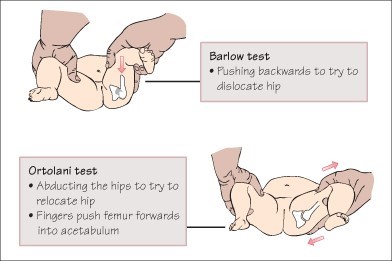A client has received a prescription for orlistat for weight and nutrition management. In addition to the medication, the client plans to take a multivitamin. Which teaching should the nurse provide?
Multivitamins are contraindicated during treatment with weight-control medications such as orlistat.
As a nutritional supplement, orlistat already contains all the recommended daily vitamins and minerals.
Be sure to take the multivitamin and the medication at least two hours apart for best absorption and effectiveness.
Following a well-balanced diet is a much healthier approach to good nutrition than depending on a multivitamin.
The Correct Answer is C
Orlistat is a weight-control medication that works by inhibiting the absorption of dietary
fats in the intestines. It can also interfere with the absorption of fat-soluble vitamins (such as vitamins A, D, E, and K) and beta-carotene. Therefore, it is important for the client to take a multivitamin supplement to ensure an adequate intake of these essential nutrients.
However, it is recommended to take the multivitamin and orlistat at least two hours apart. This is because orlistat can potentially interfere with the absorption of the
fat-soluble vitamins in the multivitamin if taken simultaneously. By spacing them apart, the client can optimize the absorption of both the medication and the multivitamin.
Multivitamins are not contraindicated during treatment with orlistat. In fact, they are often recommended to compensate for potential nutrient deficiencies.
While orlistat may contain some vitamins and minerals, it does not provide all the recommended daily amounts. Therefore, additional supplementation may be necessary. While following a well-balanced diet is indeed important for good nutrition, it does not address the need for specific nutrient supplementation when taking orlistat. Both a balanced diet and appropriate vitamin supplementation can be beneficial in this situation.
Nursing Test Bank
Naxlex Comprehensive Predictor Exams
Related Questions
Correct Answer is A
Explanation
The Ortolani maneuver is a physical examination technique used to assess for developmental dysplasia of the hip (DDH) in newborns. During the maneuver, the nurse gently abducts the infant's hips and applies gentle pressure to detect any instability or "click" at the hip joint. A positive Ortolani maneuver, where a click or clunk is felt or heard, can indicate the presence of a hip dislocation or dysplasia.
Asymmetrical buttocks can be a sign of hip dysplasia in newborns, and a positive Ortolani maneuver is an important finding that suggests a potential hip joint problem. Reporting this assessment test result to the healthcare provider allows for further evaluation and appropriate management of the newborn's hip condition.

The Plumb line test, which assesses fetal position curvature, is not directly related to hip dysplasia and may not be significant in this context.
The Babinski test, which reveals fanning out of the toes, is used to assess the integrity of the infant's neurological system and is not specific to hip dysplasia.
The Moro test, also known as the startle response, is a reflex assessment used to evaluate the newborn's neurological and sensory function. While it is important to assess the overall neurological status of the newborn, the Moro test is not specific to hip dysplasia.
Correct Answer is A
Explanation
Assessing the client's level of consciousness involves observing their responsiveness, orientation, and ability to follow commands. If the client is unresponsive or exhibits any signs of altered consciousness, the nurse should immediately activate the emergency response system and begin resuscitative measures, such as administering oxygen and initiating cardiopulmonary resuscitation (CPR) if necessary.
Once the client's level of consciousness is established and the emergency response system has been activated if necessary, the nurse can proceed to assess the depth of the slashes, estimate the amount of blood loss, and find the object used to cause the injuries. These assessments will provide important information about the extent and severity of the client's injuries, which will guide subsequent interventions.
Whether you are a student looking to ace your exams or a practicing nurse seeking to enhance your expertise , our nursing education contents will empower you with the confidence and competence to make a difference in the lives of patients and become a respected leader in the healthcare field.
Visit Naxlex, invest in your future and unlock endless possibilities with our unparalleled nursing education contents today
Report Wrong Answer on the Current Question
Do you disagree with the answer? If yes, what is your expected answer? Explain.
Kindly be descriptive with the issue you are facing.
